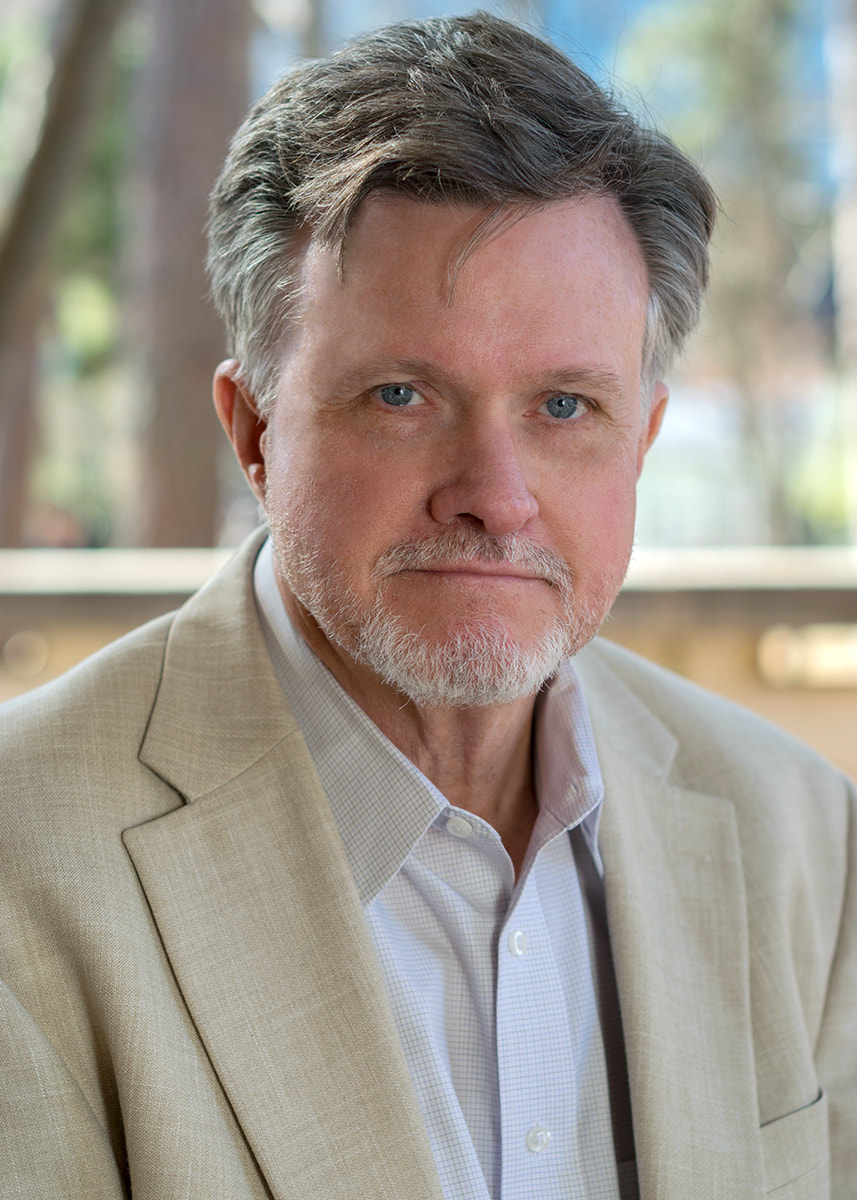ASSAY: A JOURNAL OF NONFICTION STUDIES
6.2
6.2
|
In To Show and To Tell, Phillip Lopate writes that “the still-evolving pedagogy of nonfiction” often lapses into “fiction envy.” Instructors, adopting advice they learned when they were in fiction classes, say, “Put everything into scenes” (4-5). In other words, “show, don’t tell.” Lopate argues that, while creative nonfiction does use some of the techniques of fiction, we should also recognize that the personal essay and memoir are distinct forms of nonfiction. I agree with Lopate that personal essays are different than fiction, yet if we are going to move beyond simply adopting the pedagogy of fiction in our nonfiction courses, we will need an expanded terminology more suited to the kind of moves that writers of nonfiction make and a theory that helps students to explain where such moves might take them.
What the showing and telling dichotomy embodies is a dialectic between events, the once-occurring experiences we try to capture in scenes, and the stories that are told around scenes. In “Theatrum Philosophicum,” Foucault shares his thoughts about Gilles Deleuze’s Logique du sens, a work that counters Platonic idealism by injecting it with the event: Logique du sens causes us to reflect on matters that philosophy has neglected for many centuries: the event (assimilated in a concept, from which we vainly attempted to extract in the form of a fact, verifying a proposition, of actual experience, a modality of the subject, of concreteness, the empirical content of history); and the phantasm (reduced in the name of reality and situated at the extremity, the pathological pole of a normative sequence; perception-image-memory-illusion). After all, what most urgently needs thought in this century, if not the event and the phantasm. (italics in original, no question mark in original, 180) Foucault (summarizing Deleuze’s argument) describes the event (the experience that is shaped into scenes) with words or phrases that indicate a connection with reality: fact, actual experience, concreteness, the empirical content of history. In contrast, Foucault describes phantasm as an abstracted reality (simulacrum and copy; an abstract world, the self, and God as represented by “sphere, circle, and a center”) and even set narratives (“a normative sequence”). Following Deleuze’s lead, Foucault does not so much want to eliminate phantasm (a term that bears some negative connotations and seems at odds with nonfiction) as much as play it against the event, as a dialectic. In other words, he wants to inject the event into phantasm to ground and interrogate it, in short, to ground and critique Platonic ideals.
If we equate “event” with scene and “phantasm” with narrative, we can begin to discuss the importance of a dialectic between “showing” and “telling” that can examine some of our assumptions about narrative. Are some kinds of narratives more true and more likely to facilitate personal growth? How does narrative fix identity and transform identity? Are there times in our lives when it is more important to fix our identity and times when we need to transform it? Ultimately, does narrative harm or heal? Or, is it like pharmakon in Plato’s Phaedrus, both medicine and poison? Cheryl Strayed published “The Love of My Life” in The Sun in 2002, before she wrote either Torch (2006), a novel, or Wild (2012), a memoir, all on the subject of her mother’s early death. As should become apparent, Strayed is doing more than scenes in this essay. She moves through a number of kinds of narration (scenes, recurrent time, backstories, fast narration, counter-narrative, and meta-narrative) as well a number of kinds of reflection (reflection on scenes, reflection on recurrent time, and reflection on historical/cultural norms). As I map Strayed’s moves within this essay, I will refer to the sections by paragraph numbers, which readers will need to add to the original text if they wish to follow the analysis section by section.
|
|
George H. Jensen is a Professor with the Department of Rhetoric and Writing at the University of Arkansas Little Rock, where he teaches courses in rhetorical theory and creative nonfiction. His books include Personality and the Teaching of Composition (with John K. DiTiberio, 1989), Storytelling in Alcoholics Anonymous: A Rhetorical Analysis (2000), and Identities Across Texts (2002). In addition these scholarly books, he has written Some of the Words Are Theirs: A Memoir of an Alcoholic Family, which was published with Moon City Press in 2009. With James S. Baumlin, he is working on the final draft of The Ethics of Creative Nonfiction. With Heidi Skurat Harris, he is drafting a book on Norman Maclean’s revisions to “A River Runs through It.” His blog can be found at democracticvistas.com.
|

